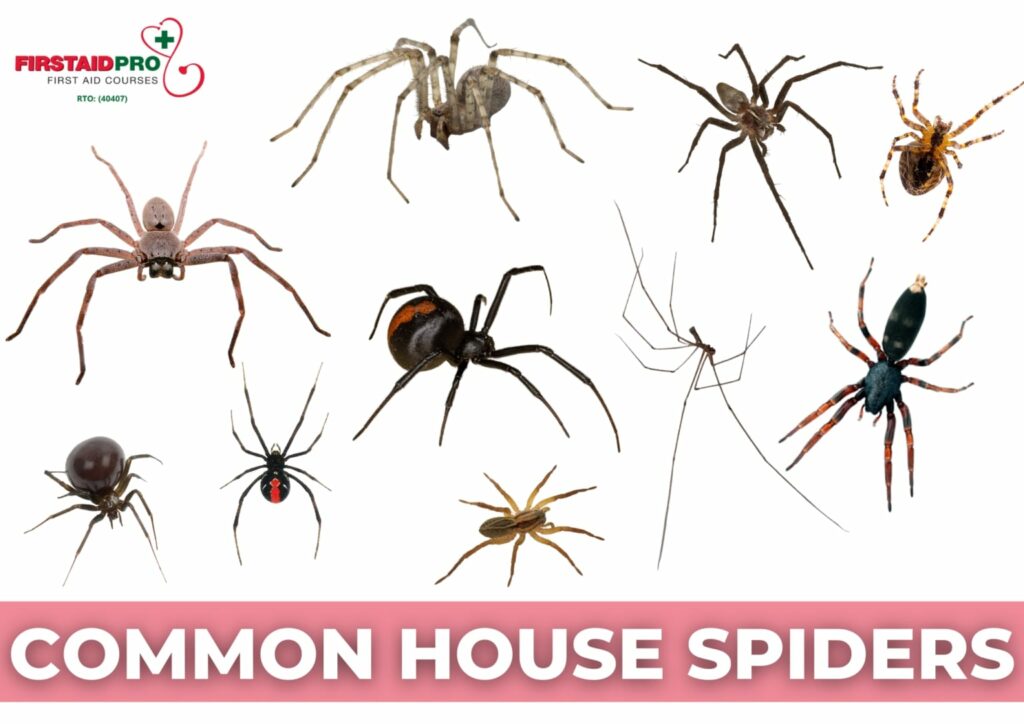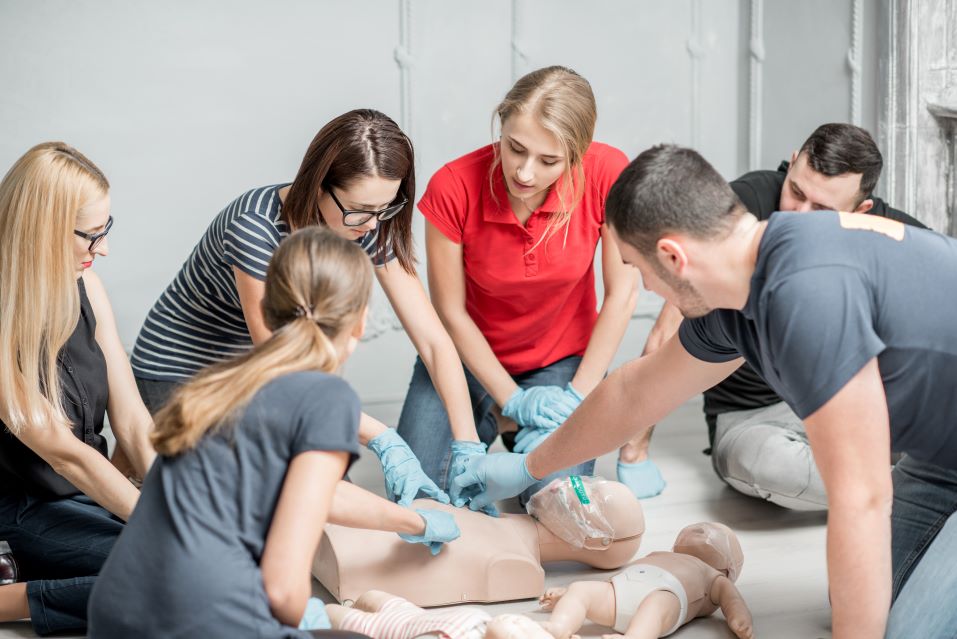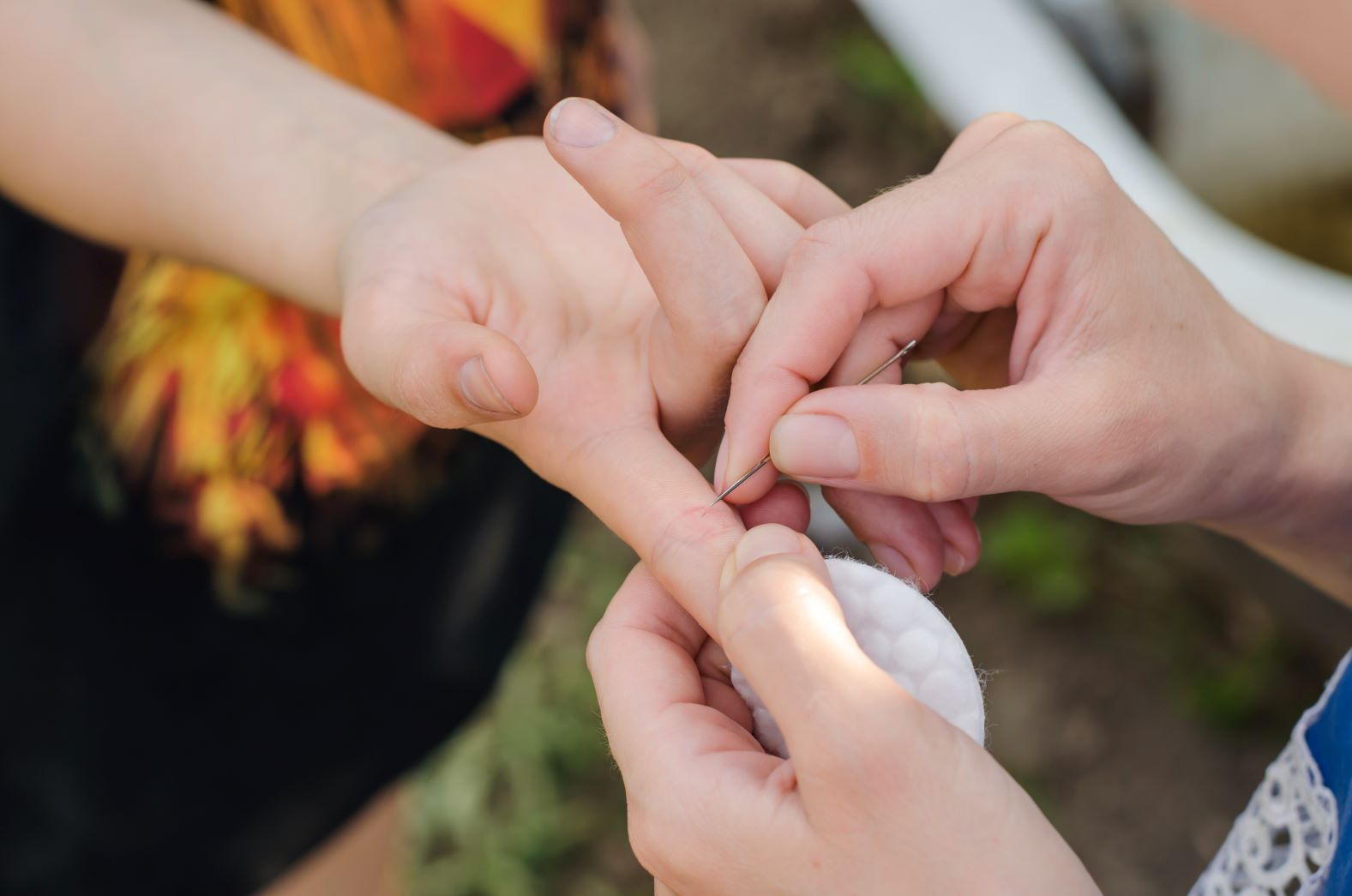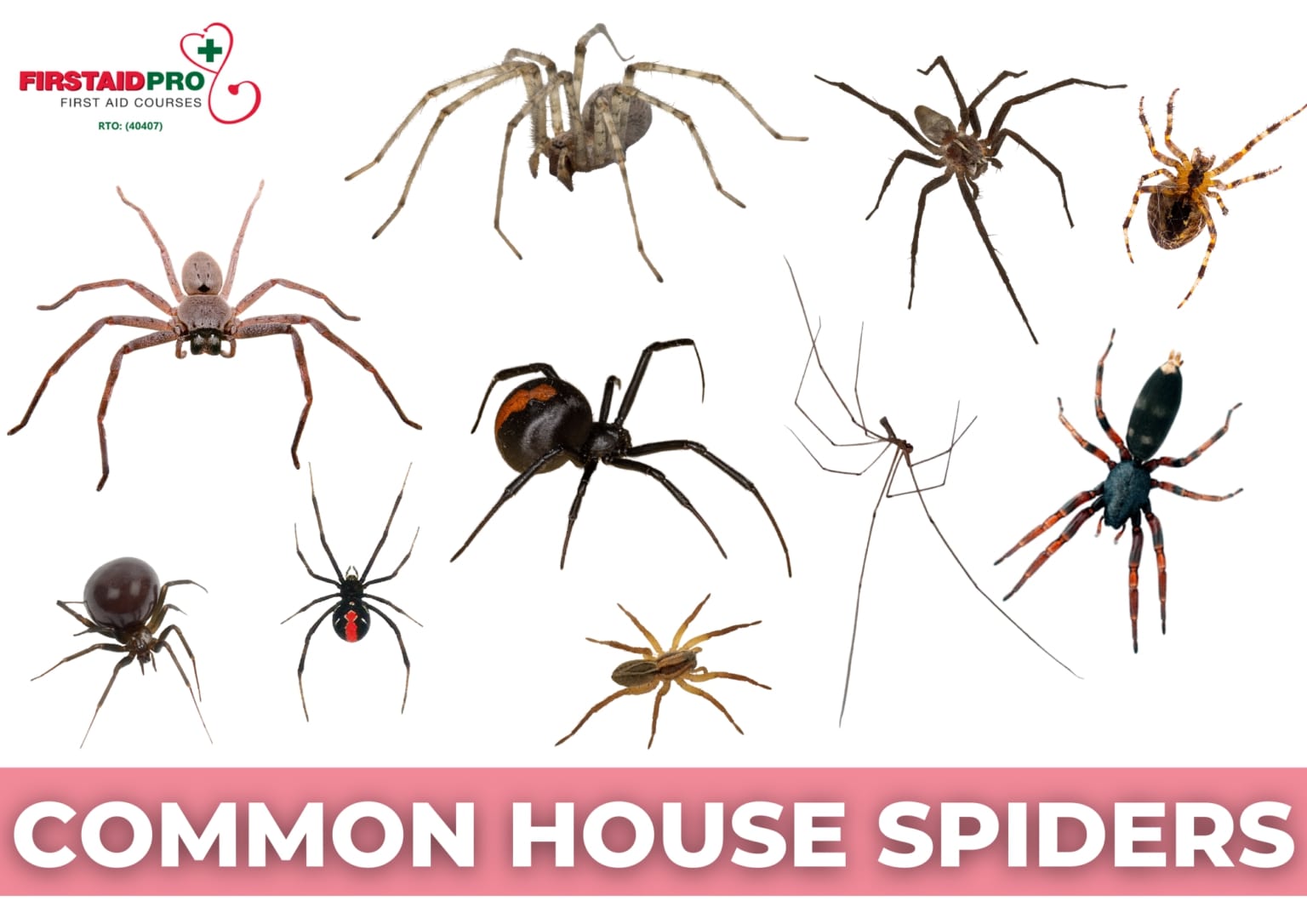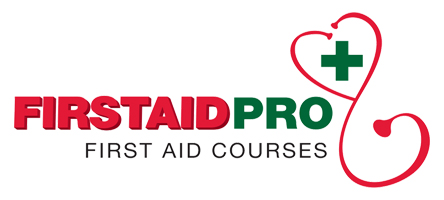Australia is home to a wide variety of spider species, making it a fascinating place for arachnid enthusiasts. From the notorious Redback spider to the elusive mouse spider, the country boasts an impressive array of these eight-legged invertebrates. Each species has its unique characteristics and behaviours, some even endearing, adding to the rich tapestry of the unique wildlife of Australia.
With a spider bite, it is always recommended to seek medical attention if the spider is unknown or if severe symptoms develop. It is also necessary to note that not all spider bites are dangerous, and many spiders play a crucial role in controlling other insect populations, making their presence more good than harm. While there are potentially dangerous spiders in Australia, it is important to have a good understanding of their behaviour and take necessary precautions to minimise any risks.
Most Common Spiders from Australia
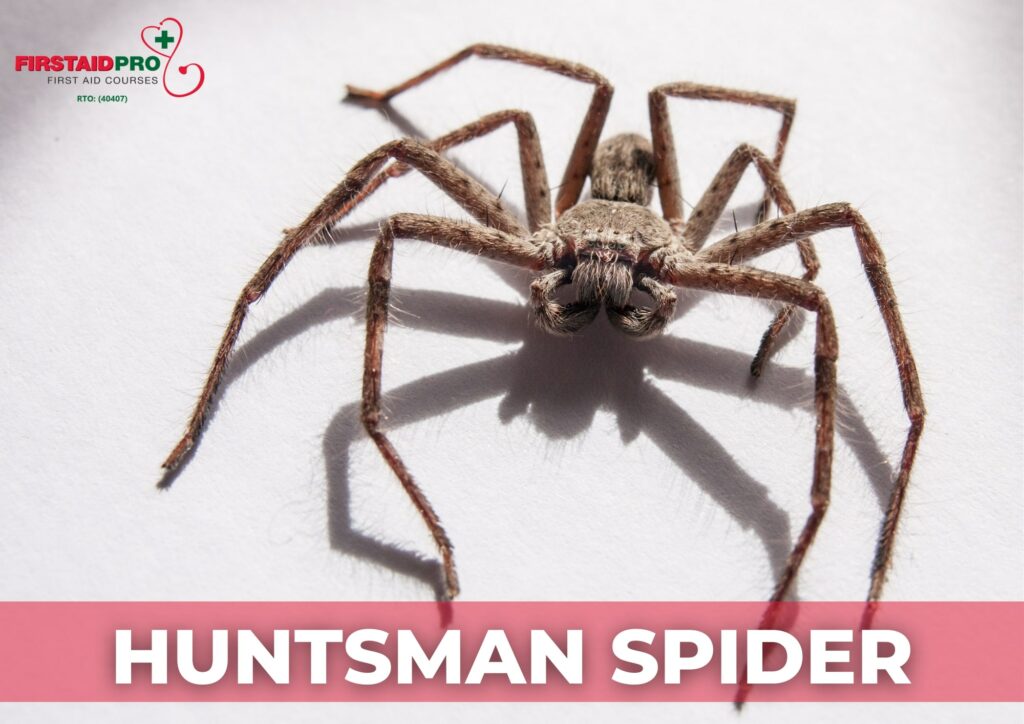
Australian spiders are known for their diversity, and some pose a very real danger to humans despite their comparative size. While not all spiders in Australia are dangerous, it is helpful to be more knowledgeable about the varieties to know to be cautious around certain species.
Spiders can be found in different regions throughout Australia, with some species being more prevalent in certain areas, like the Sydney funnel web spider, officially the deadliest spider on the continent. Funnel webs are commonly found in the southeastern part of the country, particularly in the state of New South Wales. The potentially dangerous venom from these spiders can be life-threatening if not treated promptly, however, all of Australia’s hospitals endeavour to keep a supply of anti-venom for all the deadliest spiders and most aggressive spiders.
Not all of the spiders from Australia are purveyors of certain death. The huntsman, spotted in southern Australia, plays a crucial role in the local ecosystem by feeding on other bugs.
While some are rightfully regarded as highly dangerous, there have been no deaths from spiders recorded since the late ’70s thanks to the successful introduction of anti-venom, which safely negates the effects of spider venom from even the most venomous spiders. Other spiders pose little to no threat to humans.
It’s always advisable to get medical attention if bitten by a spider, especially if the bite site shows signs of infection, severe muscle pain, swelling or damage to the nervous system.
It’s also helpful to remember that most spider bites are harmless and may only result in mild discomfort. So, next time you come across an Australian spider, take a moment to appreciate the incredible diversity of these fascinating creatures.
Australian House Spiders
- Daddy-long-legs are common sights in Australian homes with their characteristically extremely long, thin legs and almost comically tiny bodies. They are known for their ability to create messy cobwebs in corners and ceilings and for being entirely benign. They primarily feed on small insects and other spiders — they have even been observed eating the notorious Redback spider — making them helpful in controlling indoor insect populations. No bites, much less deaths, have ever been attributed to them. Despite there being a persistent rumour that they hold the most potent venom of all spiders, there is no evidence to support this.
- Huntsman spiders are also known as crab spiders or tarantulas. Large, hairy and fast-moving, these spiders can grow up to 15 centimetres in leg span to chase down their prey of other insects and invertebrates. Despite these attributes, Huntsman spiders are not aggressive towards humans and are harmless. If provoked or cornered, they may bite in self-defence, but their venom is not in itself lethal to humans.
- Black house spiders are known for their dark brown to black colouration and the messy webs they build in corners, crevices and window frames. While they have venom, their bites may cause localised pain, redness and swelling, but bites are uncommon and antivenom is rarely necessary.
- Cupboard spiders are commonly found in, as the namesake would imply, cupboards, closets and other dark, cool areas of Australian homes. They are often mistaken for the notorious Redback in their shape and size but lack the red or orange ‘hourglass’ on the underside of the abdomen. The two are, in fact, closely related and though bites from the cupboard spider are infrequent, some cases have resulted in serious symptoms that have been successfully treated with Redback antivenom. Still considered harmless to humans, and certainly no deaths have been attributed to them, they should nevertheless be treated with caution.
- White-tailed spiders are often described as ‘cigar-shaped,’ dark brown or reddish in colouration and bearing distinctive white spots on their long abdomen with a final white spot right at the end, as their name implies. They are nocturnal hunters, agile and fast-moving, preying mostly on other house spiders. While they are not aggressive towards humans, they can bite if threatened, causing local pain, redness and swelling at worst. A rumour persists that some bites can allegedly lead to slow-healing necrotic ulcers, although the link between their bites and these wounds has been debunked. Still, it is advisable to seek medical attention if a bite from a white-tailed spider is suspected.
- The Jumping Spider could be seen as an attempt at more positive public relations by arachnids. Take some of the more intimidating characteristics of typical spiders — large size, long legs, small beady eyes, prominent fangs — and invert them — small size, short legs, large eyes, nigh imperceptible fangs — and you will get the basic defining traits of a jumping spider. So endearing that they are often kept as pets, jumping spiders are harmless to humans and feed on other spiders and small insects. Some of the more famous members of this genus, like the aptly named Peacock Spider, sport colourful abdomens with flaps that they raise, like the tail of their namesake, in a courtship dance. They generally forego spinning webs in favour of a more nomadic lifestyle, jumping as much as 40 times their body length to pounce on prey from afar.
To minimise encounters, keep indoor areas clean and clutter-free, seal cracks and gaps and wear protective clothing when in spider-prone areas.
Outdoor Spiders
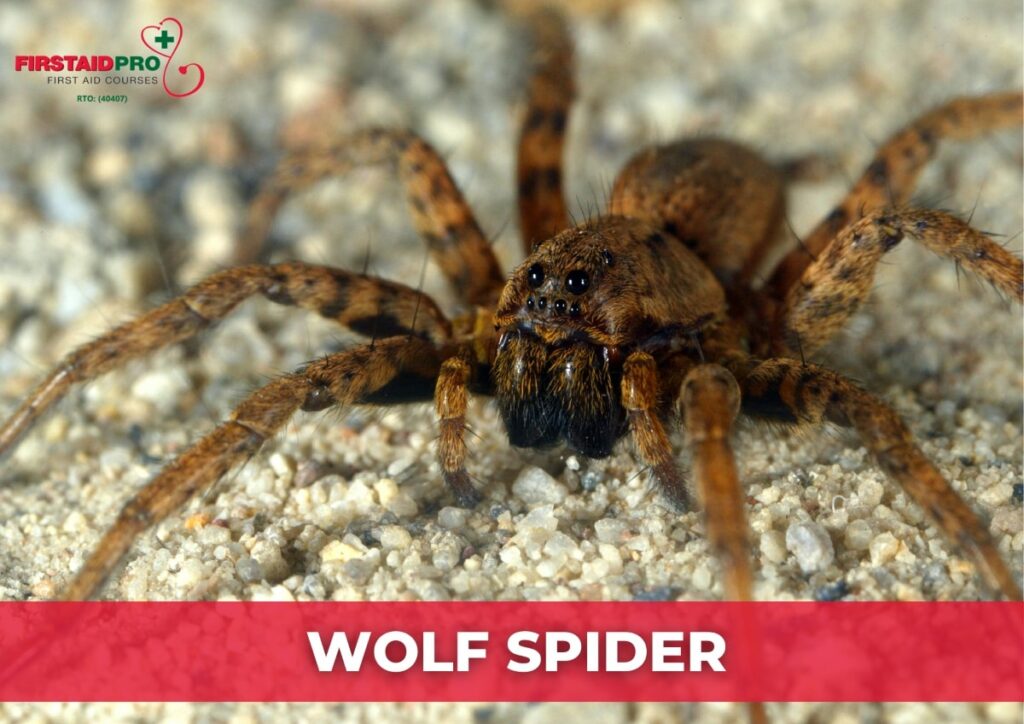
- The Garden Orb Weaving Spider, commonly found in gardens and bushland areas, is known for its intricate and large circular webs. They are harmless to humans, their bites causing mild pain and swelling at worst, and play a crucial role in controlling the population of insects in their surroundings.
- Australian Wolf Spiders are known for their startling size and hunting abilities. They do not build webs, but either ambush or actively hunt their prey, including insects and small vertebrates. While they frequent urban areas and come into contact with humans often, they are not considered dangerous.
- The Saint Andrew’s Cross Spider is named after the distinctive x-shaped pattern it creates on its web, which is used to catch small flying insects. They are harmless, their defence strategies commonly involving either abandoning their web or shaking it to hopefully confuse an attacker, bites being rare. They are commonly found in gardens and shrubbery areas.
- The Trapdoor Spider is known for its ability to create burrows with a hinged door made of silk and soil. They wait inside their burrows for prey to pass by, then ambush and capture them. While their bite can be painful, they are not considered dangerous to humans.
It is advisable to practice pest control and keep outdoor areas clean to minimise the presence of spiders and other insects.
Other Dangerous Spiders in Australia

- The Sydney Funnel Web Spider is one of the most dangerous spiders in not just Australia, but the known world, holding the Guinness World Record for ‘most venomous spider.’ They are notorious for their aggressive behaviour and potent venom, which can be life-threatening if not treated promptly. They are commonly found in cool, moist areas like gardens and urbanised areas, but no deaths have been attributed to them since the introduction of antivenom.
- The redback spider is a member of the widow spider family and is easily recognisable by its distinctive red or orange hourglass-shaped marking on its abdomen. They prefer dark and sheltered areas like sheds, garages and outdoor furniture and their venom contains a neurotoxin that affects the nervous system, causing intense pain and discomfort. In severe cases, the bite can lead to symptoms such as muscle weakness, abdominal pain, and even respiratory failure.
- Mouse Spiders are often mistaken for Funnel Web Spiders because of their similar appearance and, while their venom is potent, there have been no recorded deaths from their bites. Interestingly, even, the mouse spider is known to ‘dry bite’ – to use less and even no venom at all when there are recorded cases of bites. This aside, due to the similarity between their venom and that of the funnel web, it is advised to use the utmost caution when a bite from them is suspected. They are commonly found in dry areas like gardens and farmland, but rarely in urban areas.
Spider First Aid

First things first, it’s crucial to identify the type of spider that bit you. While most spider bites are harmless and cause only minor irritation, some species can be venomous. If you’re unsure about the spider’s identity, try to remember its appearance or take a picture if possible. This information will be helpful for medical professionals if the symptoms worsen.
Next, gently clean the affected area with mild soap and water. Avoid using harsh chemicals or scrubbing vigorously, as this may further irritate the bite. Applying a cold compress or ice pack wrapped in a cloth can help reduce swelling and alleviate pain. If you have any antihistamine cream or calamine lotion, apply a thin layer to soothe the itchiness.
Now, it’s time to keep an eye on the symptoms. Most spider bites will heal on their own within a few days, but if you notice any concerning signs, seek medical attention immediately. These signs may include severe pain, spreading redness, increasing swelling, difficulty breathing, or muscle cramps. Remember, it’s better to be safe than sorry, so don’t hesitate to reach out to a healthcare professional if you’re unsure.
Final Thoughts
Australia is home to a variety of spider species, but not all of them are dangerous to humans. It is important to seek medical attention if bitten by an unknown spider or if severe symptoms develop. Most spider bites are harmless, and many spiders help control insect populations. Understanding spider behaviour, habitats, defining characteristics and taking necessary precautions against them can minimise any risk.

